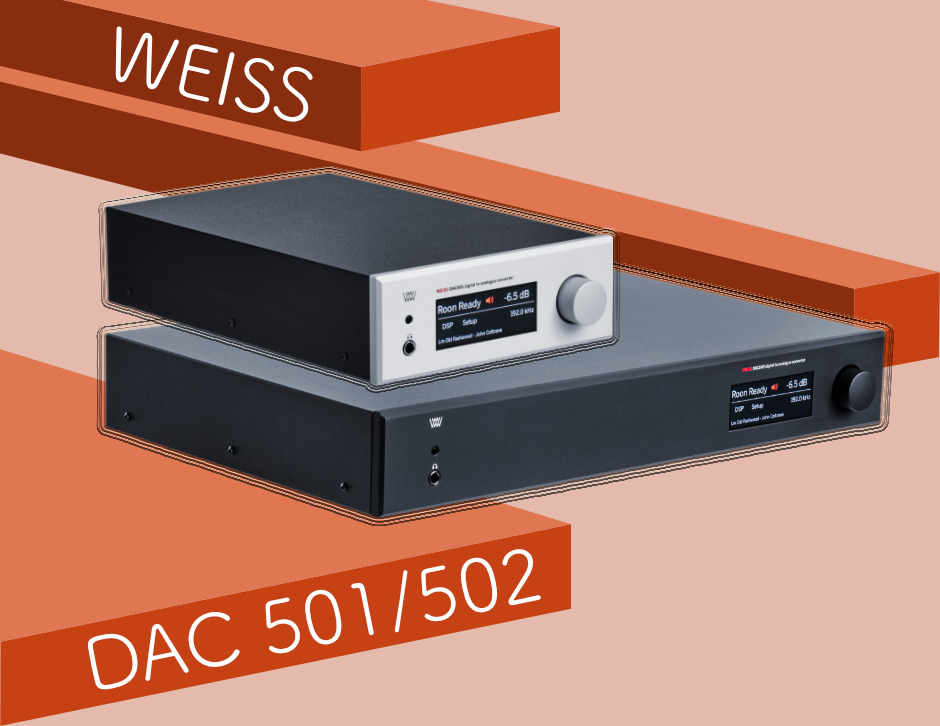The latest addition to the palette of DSP algorithms in the Series 5 units (DAC50x, DSP50x) is the De-Esser algorithm. This takes care of sibilance in human voices or of overly bright cymbals for instance. Such problems can be caused by the record as is but also by room acoustics or loudspeaker characteristics.
Soon to be released is the Crossfeed algorithm built for headphone listeners. This will give a more realistic soundstage when listening via headphones compared to a speaker based playback.
The DSP501 and DSP502 now offer two versions of those units, the high speed one which allows to select the output sampling frequency to be 88.2, 96, 176.4 or 192 kHz and the low speed one which allows to select the output sampling frequency to be 44.1, 48, 88.2 or 96 kHz. The low speed version can be useful to feed NOS D/A Converters.
The Series 5 units are Roon Ready. For customers looking for an even simpler Roon setup, based on a 3rd party D/A Converter, we offer our INT204 USB to AES/EBU interface. This can go between the Roon Core unit (a computer) and the D/A Converter with AES/EBU or S/PDIF inputs. The Roon Core is the main Roon software which runs on a computer. It makes good sense to have a dedicated, low power system to run Roon Core. A NUC computer is very well suited for that. We can set up a NUC based Roon Core for our customers. – Daniel Weiss
Read more for links
Links:
Hifi Advice Part 1 review of DAC502
Hifi Knights Q&A with Daniel Weiss (English)
Hifi Knights Q&A with Daniel Weiss (Polish)
Hifi Knights Weiss DAC501 (English)
Hifi Knights Weiss DAC501 (Polish)

